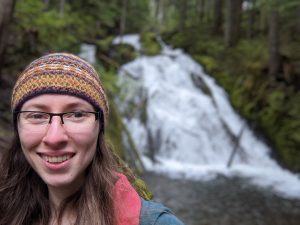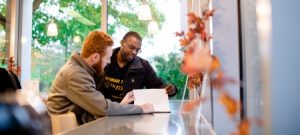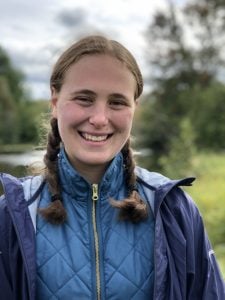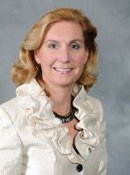
The College of Engineering recently inducted 14 students and one eminent engineer into the Michigan Tech chapter of Tau Beta Pi.

Tau Beta Pi is a nationally recognized engineering honor society and is the only one that recognizes all engineering professions. Students who join are the top 1/8th of their junior class, top 1/5th of their senior class, or the top 1/5th of graduate students who have completed 50% of their coursework. The society celebrates those who have distinguished scholarship and exemplary character, and members strive to maintain integrity and excellence in engineering.
Fall 2021 Initiates
Undergraduate Students: Dom Bianchi, Mechanical Engineering; Sean Bonner, Civil Engineering; Sam Breuer, Computer & Electrical Engineering; Sophia Brylinski, Materials Science & Engineering; Spencer Crawford, Computer Engineering; Jacqui Foreman, Chemical Engineering; Stephen Gillman, Computer Engineering; Michael Kilmer, Materials Science & Engineering; Emerald Mehler, Chemical Engineering; Ben Stier, Computer Engineering; Alex Stockman, Computer Engineering; and Jordan Zais, Biomedical Engineering
Graduate Students: Tonie Johnson, MS, Biomedical Engineering; and Andrew Scott, MS Electrical & Computer Engineering
Eminent Engineer

Dr. Mary Raber






































